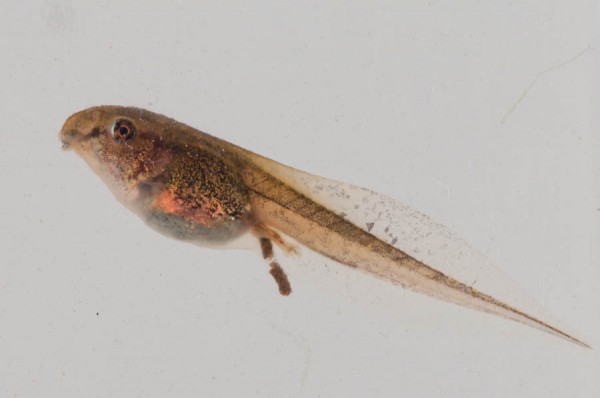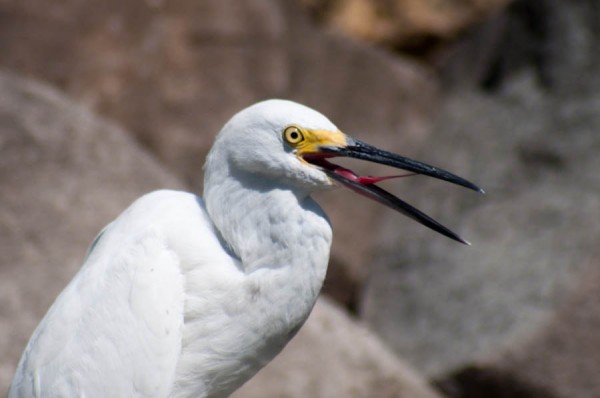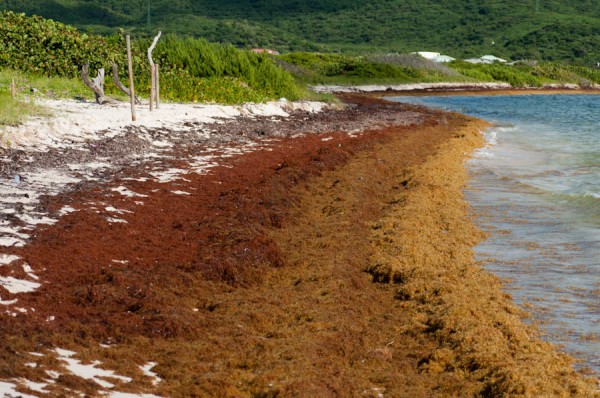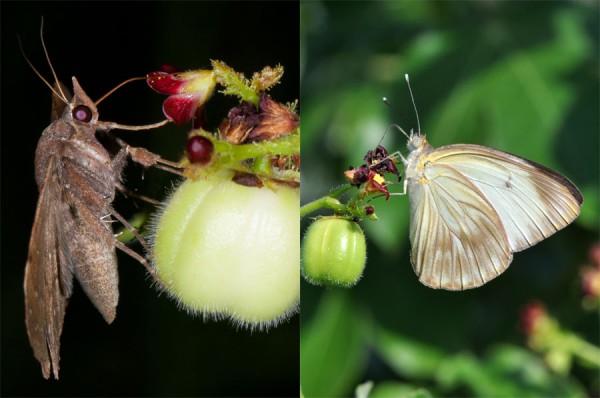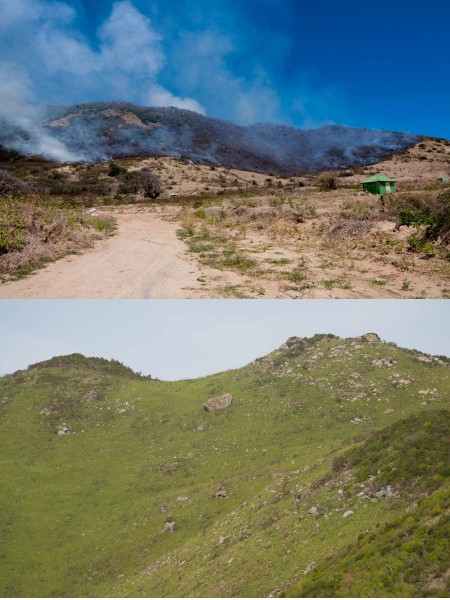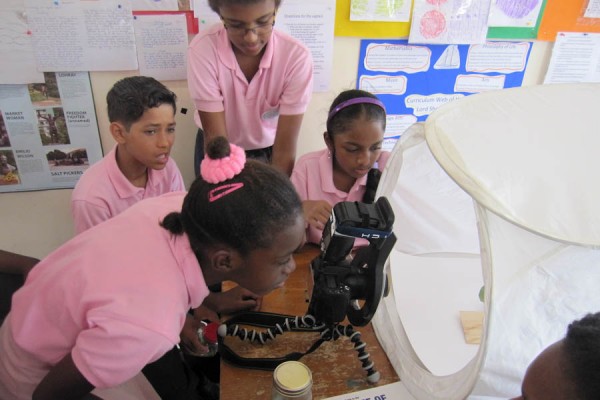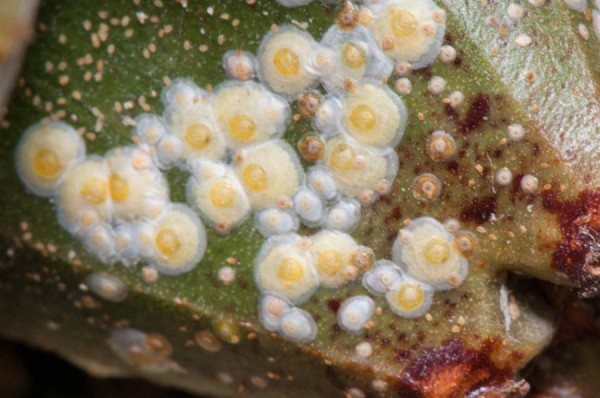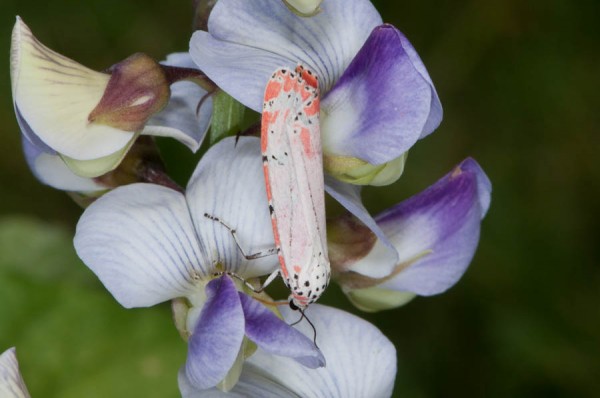Sister Regina School Presentation
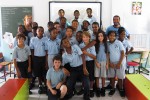
I had a terrific time at Sister Regina School in Simpson Bay this morning, talking about how the various animals on St. Martin got here. It was a new presentation, called “Life on St. Martin: An Ongoing Assembly” and you can read a description of it on the EDUCATION page of this site. I think it went over quite well. […]

